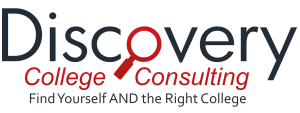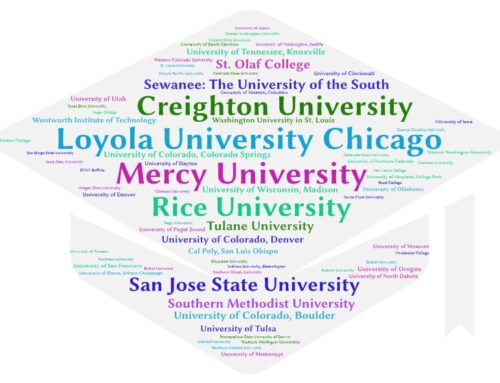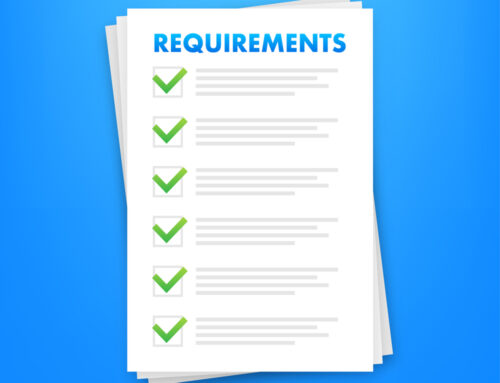 While it’s unlikely that they’ll be covered by celebrity gossip websites like TMZ or Perez Hilton, college rankings scandals are worth paying attention to, especially if you’re a high school student (or the parent of one) who’s planning to go to college.
While it’s unlikely that they’ll be covered by celebrity gossip websites like TMZ or Perez Hilton, college rankings scandals are worth paying attention to, especially if you’re a high school student (or the parent of one) who’s planning to go to college.
Although U.S. News and World Report‘s college rankings may not accurately represent colleges’ academic quality (see my previous post, “U.S. News College Rankings: How Valuable Are They?”), they nonetheless hold considerable influence over the public’s perception. Thus, many colleges have adopted a “whatever it takes” attitude toward improving their rankings, and that attitude has gotten some institutions into serious trouble. In recent years, several colleges have admitted altering the data they submitted not only to U.S. News, but also to the U.S. Department of Education. The following are incidents that occurred in 2012 and 2013.
- Emory University (Atlanta, GA) disclosed that it had inflated students’ SAT and ACT scores, as well as their class ranks, for more than ten years.
- George Washington University (Washington, DC) admitted that it had submitted higher class ranks for students for more than ten years.
- Bucknell University (Lewisburg, PA) announced that for seven years, it had increased incoming freshmen’s SAT and ACT scores.
- Claremont McKenna College (Claremont, CA) revealed that it had improved students’ SAT scores for six years.
- York College of Pennsylvania (York, PA) admitted that it had removed 20% of its 2011 applicants’ SAT scores from its calculations of average scores, thus resulting in higher averages.
- The University of Mary Hardin-Baylor (Belton, TX) acknowledged that it had reported an inaccurate acceptance rate for 2011. The university’s reported acceptance rate was 27.4%, whereas its real acceptance rate was 89.1%.
- Dominican University of California (San Rafael, CA) admitted that for twelve years, it had included incomplete applications in its number of applications received, thereby decreasing its acceptance rate. For 2011, it claimed to have had an acceptance rate of 53.7%, but its actual rate was 72.6%.
In the cases of George Washington, York, and Mary Hardin-Baylor, the falsified data resulted in higher rankings than the colleges otherwise would have received. In response, U.S. News moved these colleges to the magazine’s “unranked” category. For the rest of the schools, the altered data did not affect their rankings, so the magazine did not remove them from its ranked lists.
Although only a handful of schools have admitted misrepresenting their data, there probably are many others that have yet to come forward. The reality is that as long as the U.S. News rankings continue to be held in such high regard and to play such an important role in students’ college decisions, it’s likely that more schools will manipulate their data to try to improve their standing.
What’s ironic is that most colleges would never tolerate this type of behavior by their students. Although most of the aforementioned schools fired the individuals responsible for reporting inaccurate data, it’s a shame that these schools had a culture in which such practices were allowed to occur. Perhaps Emory’s president, James W. Wagner, said it best: “As an institution that challenges itself, in the words of our vision statement, to be ‘ethically engaged,’ Emory has not been well served by representatives of the university in this history of misreporting. I am deeply disappointed.”





